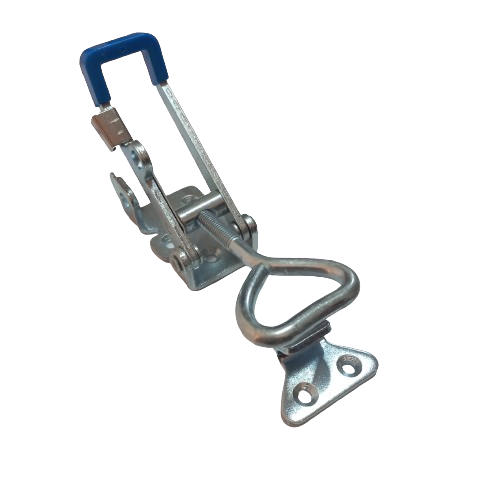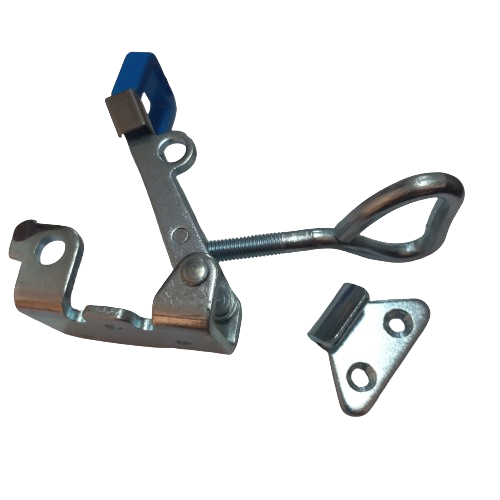











أنشئ متجرك الإلكتروني على منصة إلكترا خلال دقائق وابدأ البيع من أي مكان.
✨ سجّل مجانًا الآنمقالات
A neural network is a set of algorithms, modeled loosely after the human brain, that is designed to recognize patterns. It interprets sensory data through a kind of machine perception, labeling, clustering, and associating. Neural networks can be used for various tasks, including pattern recognition, classification, regression, and more.
Neurons:
Layers:
Weights and Biases:
Activation Function:
Forward Propagation:
Loss Function:
Backpropagation:
Training:
Feedforward Neural Networks (FNN):
Recurrent Neural Networks (RNN):
Convolutional Neural Networks (CNN):
Long Short-Term Memory Networks (LSTM):
Neural networks have found applications in a wide range of fields, including image and speech recognition, natural language processing, game playing, and more. They are a crucial component in the development of artificial intelligence and machine learning systems.
01024076008